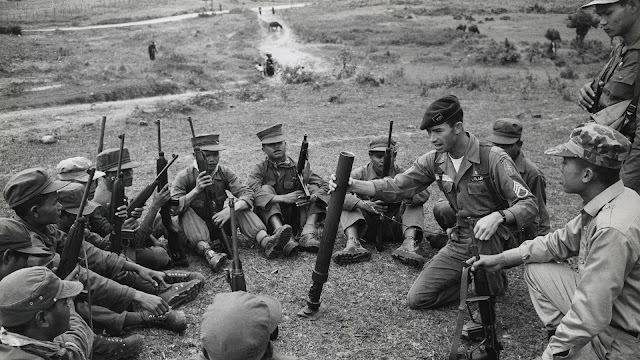vietnam war
THE VIETNAM WAR
The Vietnam War was a long, costly and divisive conflict that pitted the communist government of North Vietnam against South Vietnam and its principal ally, the United States. The conflict was intensified by the ongoing Cold War between the United States and the Soviet Union. More than 3 million people (including over 58,000 Americans) were killed in the Vietnam War, and more than half of the dead were Vietnamese civilians. Opposition to the war in the United States bitterly divided Americans, even after President Richard Nixon ordered the withdrawal of U.S. forces in 1973. Communist forces ended the war by seizing control of South Vietnam in 1975, and the country was unified as the Socialist Republic of Vietnam the following year.
WHEN DID THE VIETNAM WAR START?
The Vietnam War and active U.S. involvement in the war began in 1954, though ongoing conflict in the region had stretched back several decades.
After Ho’s communist forces took power in the north, armed conflict between northern and southern armies continued until a decisive battle at Dien Bien Phu in May 1954 ended in victory for northern Viet Minh forces. The French loss at the battle ended almost a century of French colonial rule in Indochina.
The subsequent treaty signed in July 1954 at a Geneva conference split Vietnam along the latitude known as the 17th Parallel (17 degrees north latitude), with Ho in control in the North and Bao in the South. The treaty also called for nationwide elections for reunification to be held in 1956.
In 1955, however, the strongly anti-communist politician Ngo Dinh Diem pushed Emperor Bao aside to become president of the Government of the Republic of Vietnam (GVN), often referred to during that era as South Vietnam.
After Ho’s communist forces took power in the north, armed conflict between northern and southern armies continued until a decisive battle at Dien Bien Phu in May 1954 ended in victory for northern Viet Minh forces. The French loss at the battle ended almost a century of French colonial rule in Indochina.
The subsequent treaty signed in July 1954 at a Geneva conference split Vietnam along the latitude known as the 17th Parallel (17 degrees north latitude), with Ho in control in the North and Bao in the South. The treaty also called for nationwide elections for reunification to be held in 1956.
In 1955, however, the strongly anti-communist politician Ngo Dinh Diem pushed Emperor Bao aside to become president of the Government of the Republic of Vietnam (GVN), often referred to during that era as South Vietnam.


Comments
Post a Comment